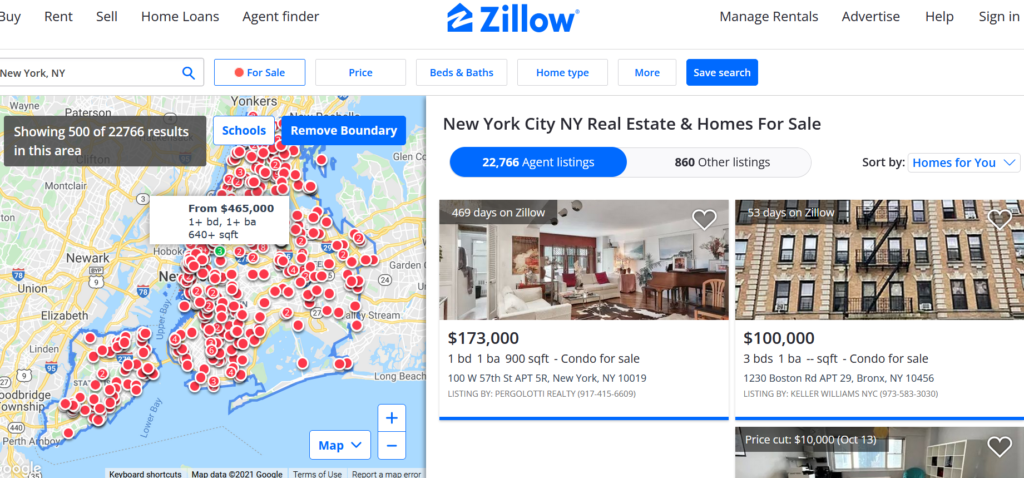As students everywhere roll through the ups and downs of mid-pandemic schooling, engaging them in classroom activities can be tricky. In my classroom, I’ve had to find ways to convince middle school and high school students that science is more interesting than teen drama or Tik Tok challenges. There are days when we are all tired, scared, and discouraged by the present state of the world. On those days, creative approaches to starting and ending class has helped my students – and me! – discover the energizing reassurance of a connected classroom community. Here are some ideas for sparking classroom engagement through community-building activities.
Would You Rather?
Prompt cheerful argumentation with either/or prompts. Asking students if they’d rather have a treehouse or a canoe can set off a fun debate. Providing images for both options sets the stage to include students who might not be familiar with terms. This is the slide show with 77 either/or prompts that helped my students navigate the return to in-person school after a year of distance learning.

Dream Big
What dreams entertain and enchant students? It might take a few days or weeks to discover what your particular group of students likes to imagine. Some students might like to learn about potential careers, personality types, learning styles. When I came across a class of students who were genuinely captivated by real estate, we started kicking off classes with a 5-minute Zillow explore. Those 5 minutes were all we needed to come into a sense of community and excitement.

Focused Social Emotional Lessons
Sometimes, a class of students needs intentional learning experiences around social and emotional skills. The Collaborative for Academic, Social, and Emotional Learning (CASEL) offers guidelines for developing social and emotional curricula and reviews of existing programs.
Low-Stakes Competitions
A little friendly competition can bring a class to life. I like to keep small prizes like stickers in my classroom to celebrate the top three scorers in trivia games I find and make on Kahoot!. Competitions can be off-screen, too – my students are ardent rock-paper-scissors jocks, and there’s no end to the fun that can be had seeing who can sink a tennis ball in a cardboard box from the farthest distance.
Get Moving
Teachers spend most of the day on our feet, but students sit all day. Taking a class for a walk around the block can bring much-needed movement to students’ days. If you’d like students to have an objective during their walk, consider printing a half-sheet of paper with a nature scavenger hunt like a list of colors, shapes, or natural objects for students to find. Another nature-based option is to teach students to listen for birdcalls using the resources at the Cornell Lab of Ornithology. If you’re interested in getting your class outdoors but don’t know where to start, Teach Outdoors! Minnesota offers free weekly online workshops as well.

Let Tech Read the Room
Sometimes, my students are utter mysteries to me – I can’t read their mood or decipher their needs. Surveys, polls, and word clouds from sites like Mentimeter and apps like Wurdle give teachers a way to read the room indirectly. Sometimes I use tech tools to formatively assess students’ retention of concepts from previous lessons – and because surveys can be quick and anonymous, they’re great for gauging emotional state, too.
Self-Care
As I’ve navigated these difficult times with my students, I’ve noticed that some of the quietest, most reserved learners respond warmly when I explicitly offer care. For me, offering care means acknowledging the challenges my students face, brainstorming ways to mitigate the negative impact of high-stress-living, and clearly communicating my commitment to helping students achieve well-being. When I explain that small daily assignments help them succeed on summative assessments and show the scaffolding resources I’ve designed to lower the stress of their schoolwork, I see more smiles, hear more deep breaths, and notice more engagement across the board. Short self-care breaks can take the form of coloring pages, guided meditations, and daily gratitude journals.
I hope that these ideas for integrating fun and caring into daily classroom work help spark engagement for your students and joy for you and your classes. The days when my students are engaged are the days that I love my work, and I believe that a few minutes of silliness or stillness earn back hours of meaningful learning and supportive relationships.
















